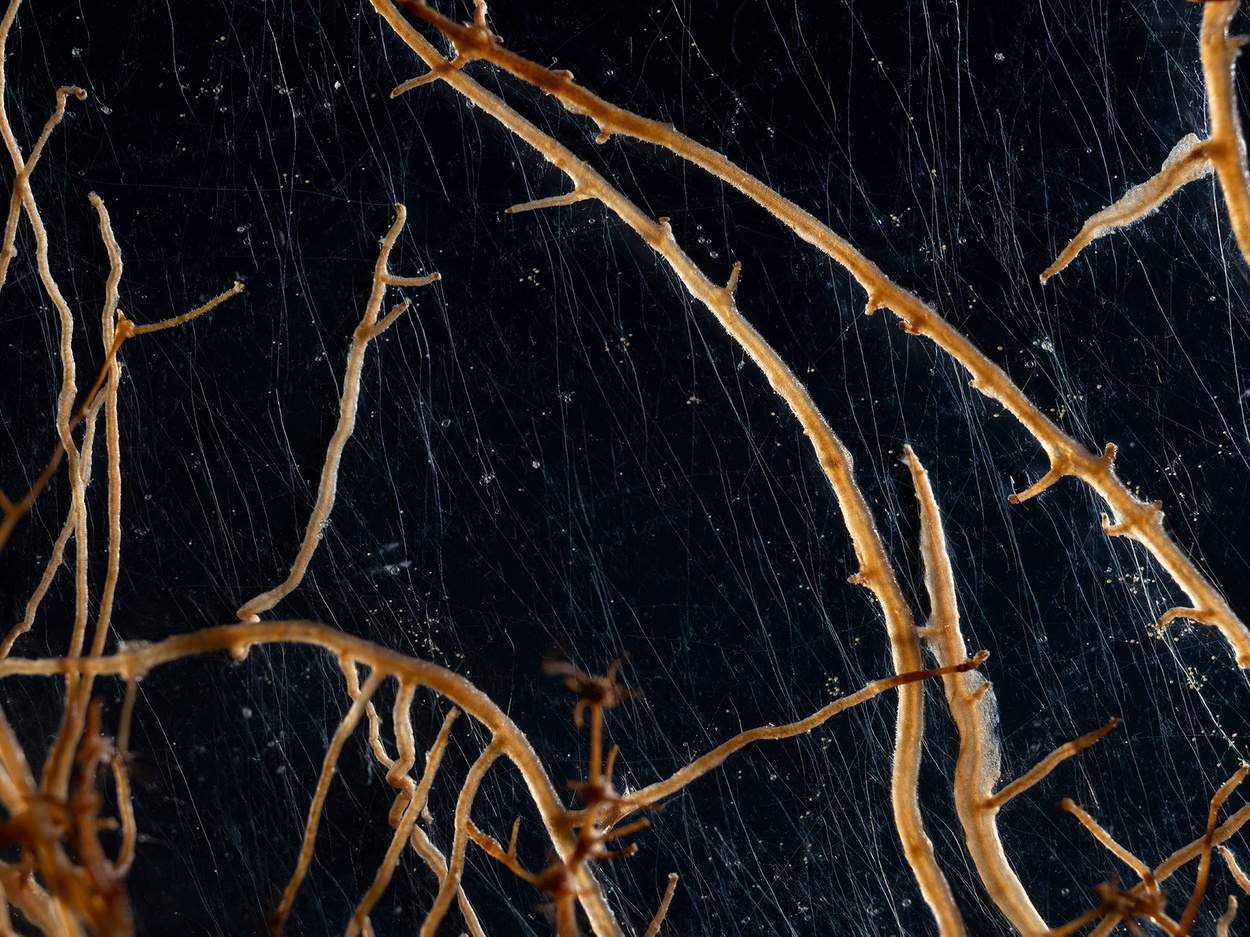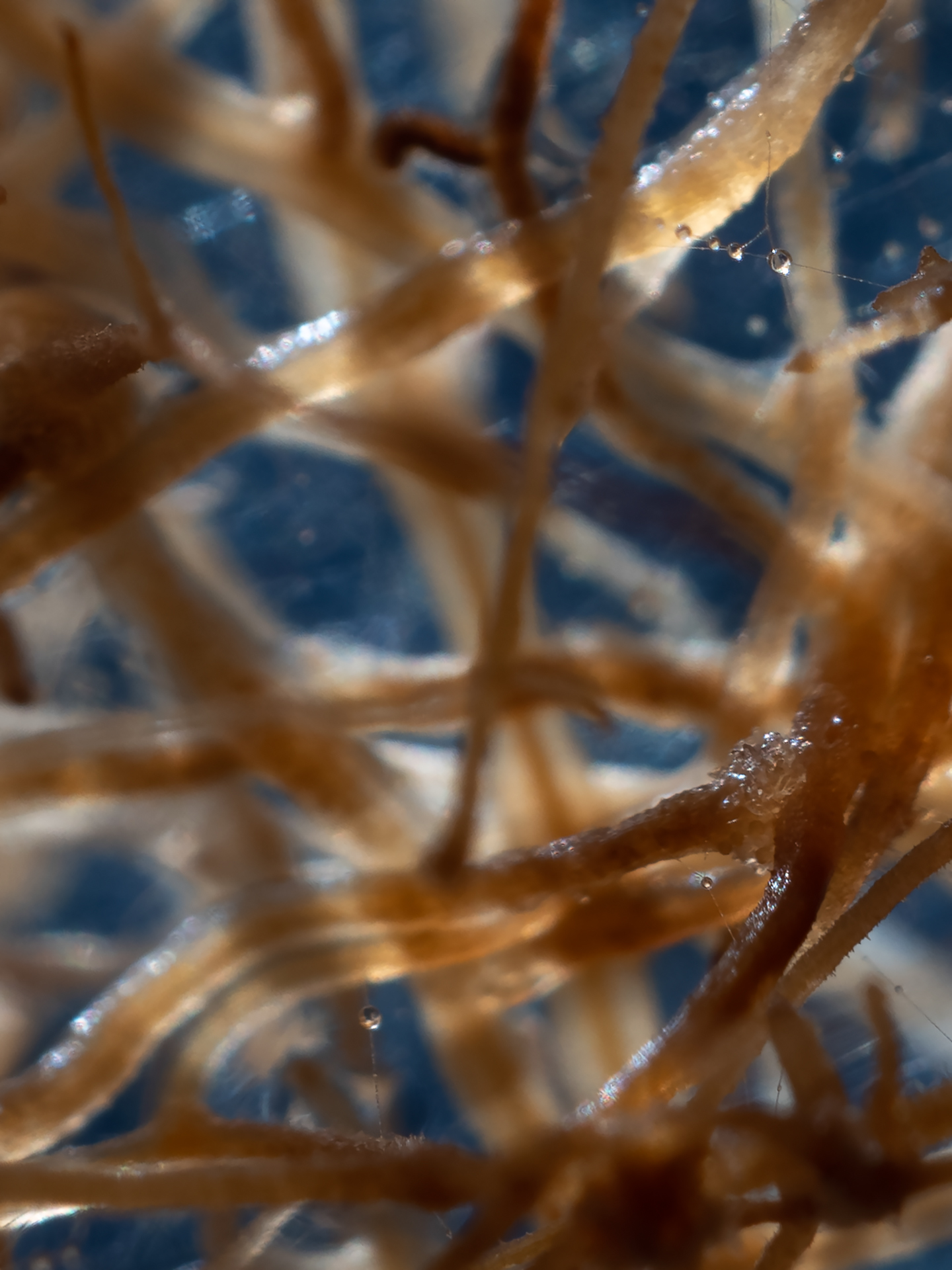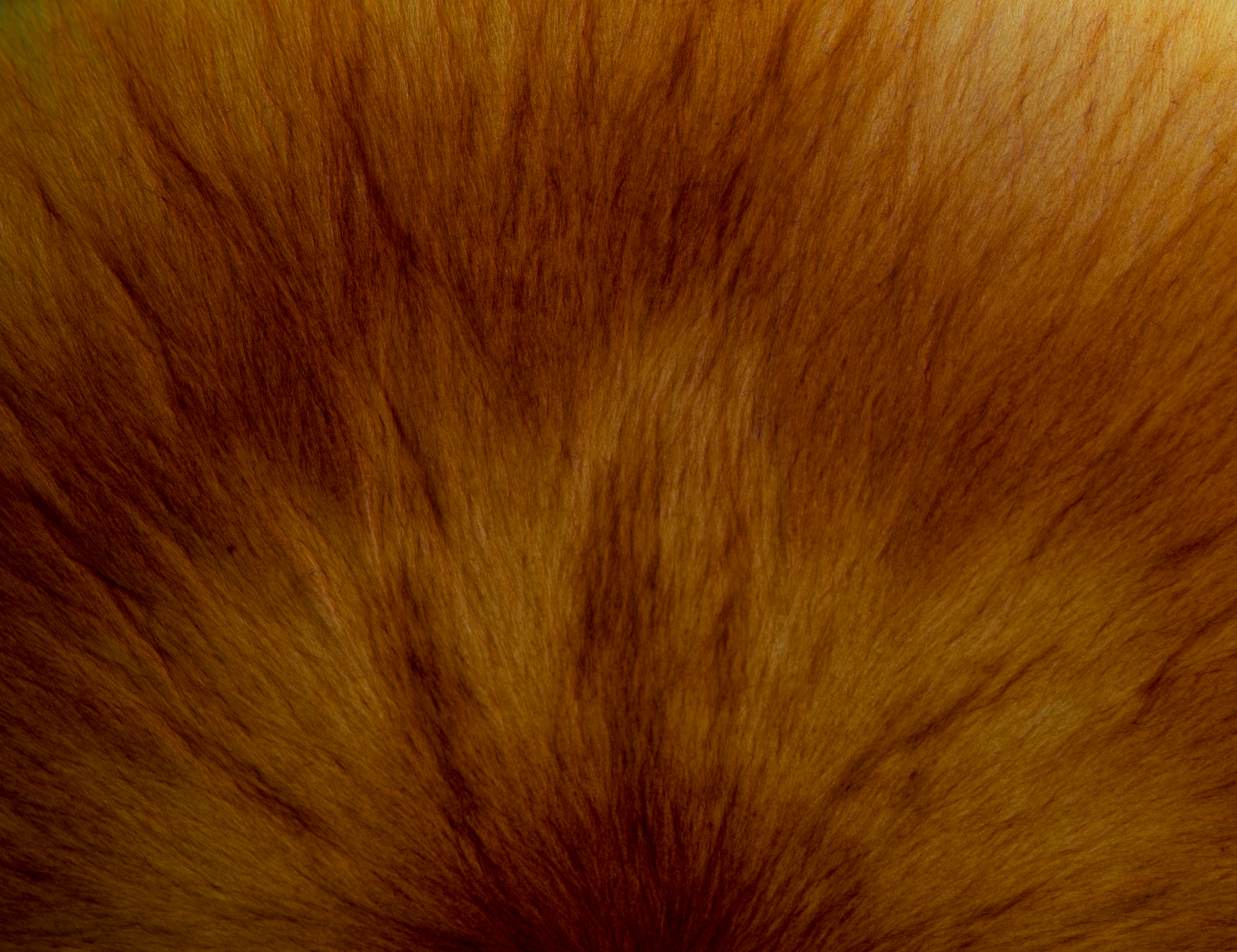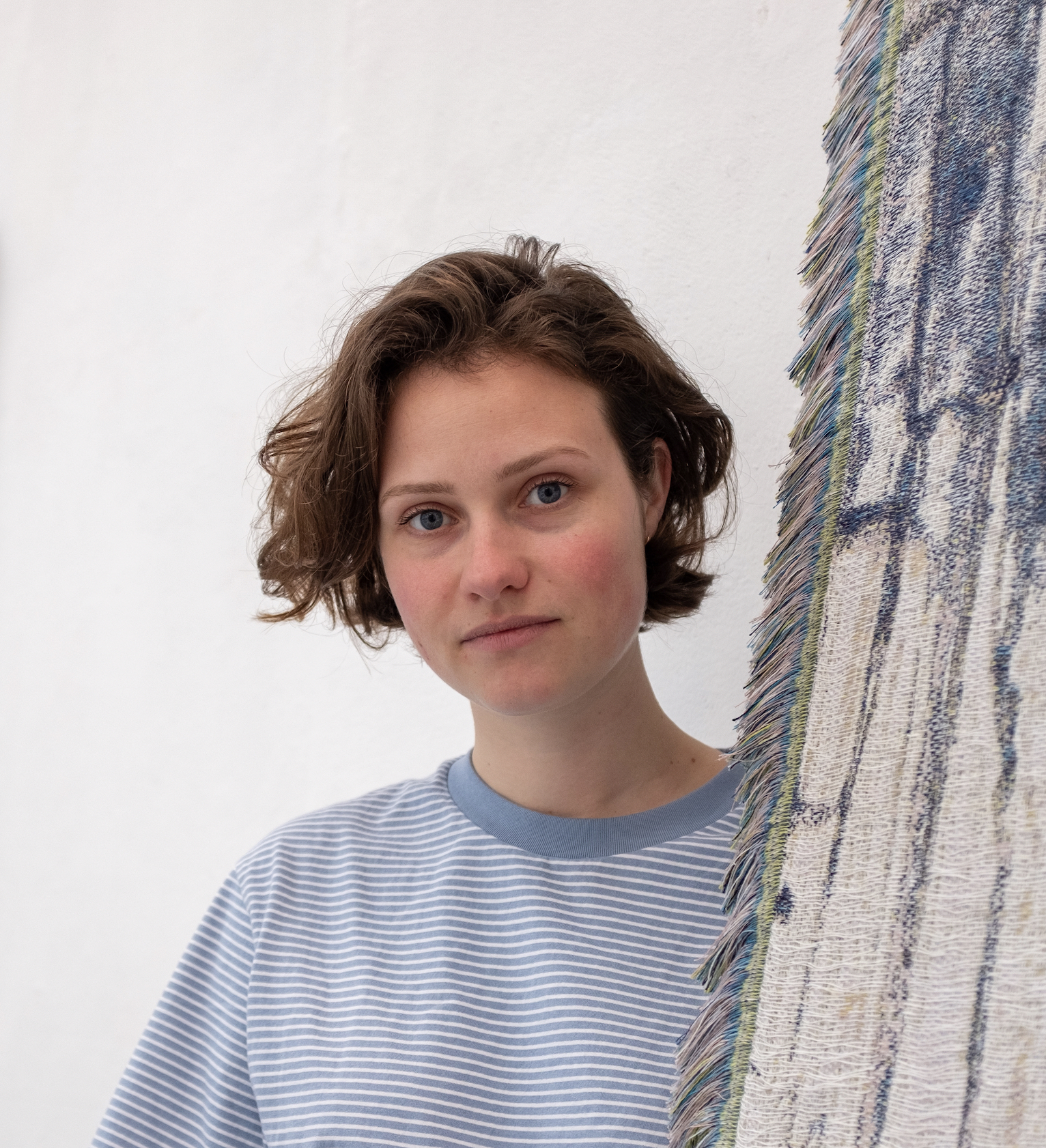Works - Exhibitions - Workshops / Talks - Read / Hear - Shop - About - Bio / CV
Super Organism
Invisible to the naked eye, but threatened by our activities.
How can we tap into the network of an underappreciated but crucial organism?
Mycorrhizal fungal networks are the largest living systems that ever existed on Earth and play a crucial role in ecosystems, carbon storage as well as our very existence. Commonly described as the ‘internet’ or the ‘brain’ of the forest, almost all plants are connected through these below-ground fungal networks.
Often referred to as a form of communication, plants ‘trade’ carbon with the fungal network, improving access to nutrients, minerals and water. More than half of the carbon processed by plants during photosynthesis passes through mycorrhizae and is stored in soil.
This ancient symbiosis between plants and fungi is threatened by human activities, such as the use of fertilizers and pesticides, deforestation and change in land use.
When I first discovered this collaboration between plants and fungi, I noticed how we tend to compare it to human structures, such as the internet or the brain. To a certain extent this helps us to stimulate empathy with, yet simultaneously limits our understanding of this relatively unknown phenomenon.
This multimedia project explores how we can experience mycorrhizae without anthropomorphizing it, yet still connect to this hidden network, using all our senses.
This project is achieved in collaboration with soil scientist Nadia Soudzilovskaia (Leiden University & Hasselt University) and PhD students (Leiden University) Riccardo Mancinelli, Weilin Huang & Chenguang Gao. The project is supported by Fentener van Vlissingen Fonds, MIAP Foundation and Mondriaan Fonds.

![]()
![]()
![]()
Close-up photographs of plantroots with arbuscular mycorrhizal fungal threads and spores.
![]()
![]()
![]()
![]()
![]()
![]()
![]()
![]()
Close-up photographs of ectomycorrhizal fungi.
![]()
![]()
See the Super Organism tapestries
‘We know more about the movement of celestial bodies than we know about the soil underfoot’ –Da Vinci
How can we tap into the network of an underappreciated but crucial organism?
Mycorrhizal fungal networks are the largest living systems that ever existed on Earth and play a crucial role in ecosystems, carbon storage as well as our very existence. Commonly described as the ‘internet’ or the ‘brain’ of the forest, almost all plants are connected through these below-ground fungal networks.
Often referred to as a form of communication, plants ‘trade’ carbon with the fungal network, improving access to nutrients, minerals and water. More than half of the carbon processed by plants during photosynthesis passes through mycorrhizae and is stored in soil.
This ancient symbiosis between plants and fungi is threatened by human activities, such as the use of fertilizers and pesticides, deforestation and change in land use.
When I first discovered this collaboration between plants and fungi, I noticed how we tend to compare it to human structures, such as the internet or the brain. To a certain extent this helps us to stimulate empathy with, yet simultaneously limits our understanding of this relatively unknown phenomenon.
This multimedia project explores how we can experience mycorrhizae without anthropomorphizing it, yet still connect to this hidden network, using all our senses.
This project is achieved in collaboration with soil scientist Nadia Soudzilovskaia (Leiden University & Hasselt University) and PhD students (Leiden University) Riccardo Mancinelli, Weilin Huang & Chenguang Gao. The project is supported by Fentener van Vlissingen Fonds, MIAP Foundation and Mondriaan Fonds.

Close-up photographs of plantroots with
arbuscular
mycorrhizal fungal threads and spores.



Close-up photographs of plantroots with arbuscular mycorrhizal fungal threads and spores.








Close-up photographs of ectomycorrhizal fungi.


This map was made by soil scientist Nadia Soudzilovskaia and shows
the global distribution of mycorrhizal vegetation.
The darker the colour the more percentage of vegetation is mycorrhizal,
so you can see that almost all plants on Earth are involved in symbiosis with fungi.
Credits to the map: Global distribution of mycorrhizal vegetation,
based on data Soudzilovskaia et al Nature Communications 2019.
the global distribution of mycorrhizal vegetation.
The darker the colour the more percentage of vegetation is mycorrhizal,
so you can see that almost all plants on Earth are involved in symbiosis with fungi.
Credits to the map: Global distribution of mycorrhizal vegetation,
based on data Soudzilovskaia et al Nature Communications 2019.
See the Super Organism tapestries
‘We know more about the movement of celestial bodies than we know about the soil underfoot’ –Da Vinci
